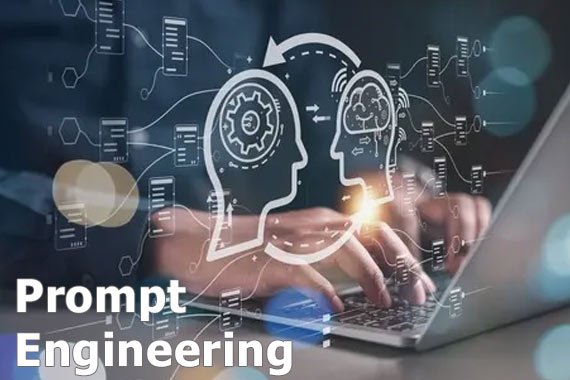Prompt Engineering Syllabus
March 8, 2025 2025-08-20 16:18Prompt Engineering Syllabus
Prompt Engineering
Home Courses Prompt Engineering




Prompt Engineering
Prompt Engineering introduces learners to the art of crafting effective prompts for AI systems. The course explores techniques for interacting with large language models, optimizing outputs, and building real-world AI-powered solutions.
Contact for More Information
+91 96660 64406
+91 96660 64406
Course Curriculum
Introduction to prompt engineering
- What is prompt
- What is response Introduction to chat-gpt
- Other AI tools similar to chat-gpt like bard, bing
- What is Artificial Intelligence
Introduction to Machine learning
- Types of Machine Learning
- Supervised Learning
- Unsupervised learning
- Reinforcement Learning
Introduction to Neural Networks
- Introduction to Deep Learning. Types of Deep learning
- Discriminative models
- Generative models
- Introduction to NLP (Natural Language Processing). NLP with Machine Learning
- NLP with Deep Learning
- LLM (Large language Modeling) introduction
- difference between NLP and LLM
Introduction to Generative AI
- Generative AI use cases
- Major tasks in prompt engineering as below
- prompt to Text content
- prompt to Image generation
- prompt to Audio generation
- prompt to video generation
- prompt to task execution
- Many tools available in the market, what does prompt engineer have to do ?
- prompt engineering challenges
Introduction to Python
- Basics of Python Programming
- Installation and Setup
- Installing Python and setting up a development environment (IDEs like PyCharm, VSCode, Jupyter Notebooks)
- Syntax and Basic Constructs
- Variables and data types (integers, floats, strings, booleans)
- Basic input and output
- Comments and documentation
- Control Structures
- Conditional Statements
- if, elif, else
- Loops
- for, while
- Loop control statements (break, continue, pass)
- Functions
- Defining Functions
- Parameters and return values
- Scope and Lifetime
- Local and global variables
- Lambda Functions<?li>
- Anonymous functions
Data Structures and Algorithms
- Core Data Structures
- Lists
- Creating, accessing, modifying, and iterating over lists
- List comprehensions
- Tuples
- Creating and using tuples
- Unpacking tuples
- Sets
- Creating and using sets
- Set operations (union, intersection, difference)
- Dictionaries
- Creating and using dictionaries
- Dictionary methods and comprehensions
- Advanced Data Structures
- Collections Module
- defaultdict, Counter, OrderedDict, deque
File Handling and Data Processing File Operations
- Reading and Writing Files
- Opening, reading, writing, and closing files
- Working with different file modes (r, w, a, rb, wb)
- Working with CSV and JSON
- Reading from and writing to CSV and JSON files using csv and json modules
Object-Oriented Programming (OOP) OOP Basics
- Classes and Objects
- Defining classes and creating objects
- Instance variables and methods
- Class Variables and Methods
- Using class variables and class methods
- Inheritance
- Single and multiple inheritance
- Polymorphism and Encapsulation
- Method overriding
- Private variables and name mangling
Modules and Packages Modular Programming
- Creating and Importing Modules
- Defining and using modules
- Packages
- Organizing code into packages
- Importing from packages
Exception Handling and Debugging Error Handling
- Exception Types
- Common exceptions (ValueError, TypeError, etc.,)
- Try, Except Blocks
- Using try, except, else, and finally
- Custom Exceptions
- Creating and raising custom exception
- Debugging Techniques
- Using print statements and logging
- Using debuggers (pdb)
Advanced Python Concepts Decorators and Context
- Decorators
- Function decorators
- Class decorators
- Context Managers
- Using with statement
- Creating custom context managers with enter and exit
Iterators and Generators
- Iterators
- Creating iterators using iter and next
- Generators
- Creating generators with yield
- Generator expressions
Working with Libraries Scientific Computing
- NumPy
- Arrays and matrix operations
- Pandas
- DataFrames for data manipulation
- Reading and writing data (CSV, Excel)
Data Visualization
- Matplotlib
- Plotting graphs and charts
- Seaborn
- Statistical data visualization

